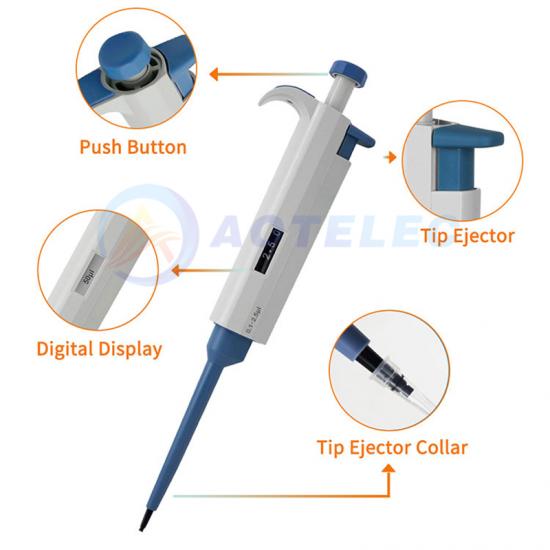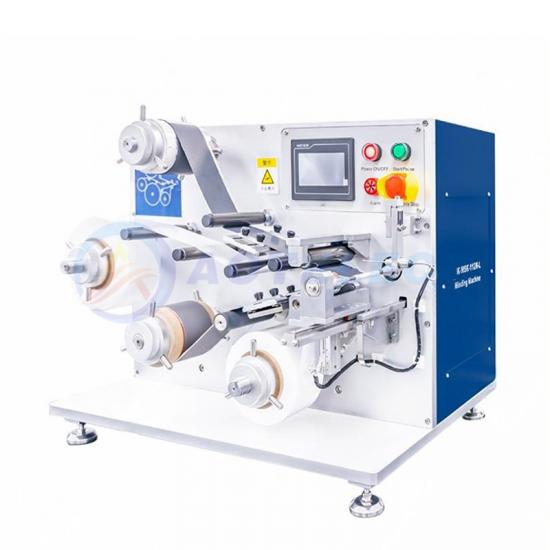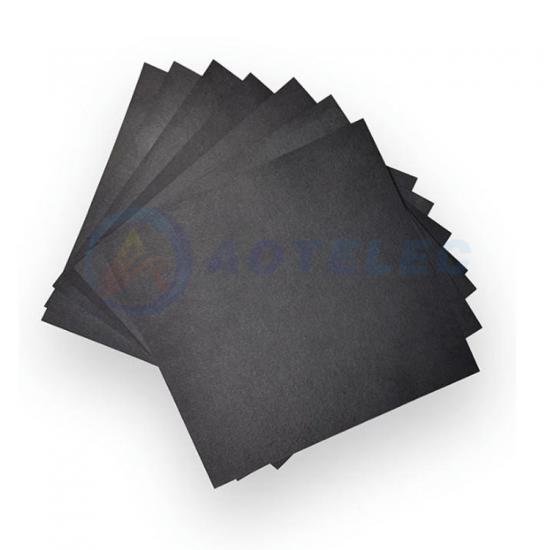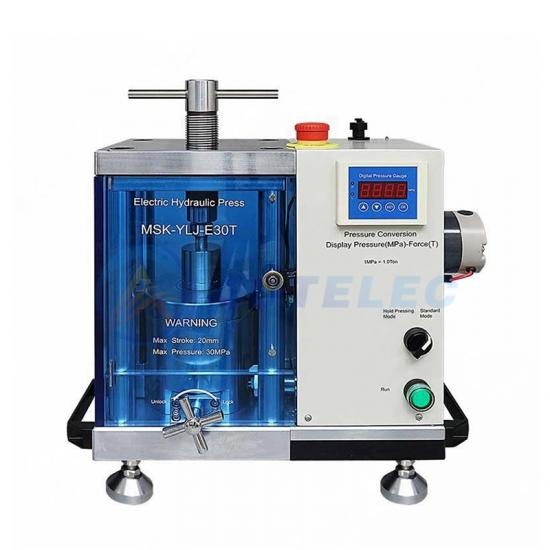-
 Sep , 04 2025
Sep , 04 2025
Mesocarbon Microspheres (MCMB) are micrometer sized spherical carbon materials with a nematic liquid crystal layered stacking structure generated by thermal condensation of heavy aromatic compounds such as asphalt. Some MCMBs are prepared using petroleum asphalt or coal tar as raw materials. Structure and Characteristics The outstanding performance of MCMB is entirely due to its unique physic...
View More
-
 Sep , 11 2025
Sep , 11 2025
1. Introduction In the R&D and small-batch production of lithium-ion batteries, the uniformity, bubble-free property, and process stability of raw material mixing directly affect the performance of electrode slurry, which in turn is related to the battery's energy density and cycle life. As a key pretreatment equipment, lab-scale vacuum mixers need to meet the technical requirements of high pr...
View More
-
 Sep , 19 2025
Sep , 19 2025
In the high-stakes race to develop longer-lasting, safer, and more efficient batteries—for electric vehicles (EVs), grid storage, and portable electronics—success often hinges on a tool so small it can fit in the palm of a hand: the battery electrolyte pipette. While headline-grabbing innovations like solid-state chemistries or silicon anodes dominate media coverage, these precision instruments qu...
View More
-
 Sep , 25 2025
Sep , 25 2025
In the race to develop higher-performance, safer, and more sustainable batteries—from lithium-ion (LIB) to solid-state (SSB) and sodium-ion (SIB) systems—battery laboratories rely on precision equipment to translate chemical formulas into functional electrode prototypes. Among these tools, the slot die coater stands out as a game-changer: its ability to deposit uniform, reproducible thin films of ...
View More
-
 Oct , 16 2025
Oct , 16 2025
Pouch batteries have become a cornerstone of modern energy storage, powering devices from smartphones to electric vehicles (EVs) due to their high energy density, flexible form factor, and lightweight design. At the heart of pouch battery production lies a critical piece of equipment: the winding machine. This specialized tool transforms flat electrode sheets and separators into the compact, cylin...
View More
-
 Oct , 23 2025
Oct , 23 2025
Carbon paper—often referred to as carbon fiber paper (CFP) or porous carbon substrate—has emerged as a critical material in modern battery systems, thanks to its unique combination of high electrical conductivity, structural flexibility, porous architecture, and chemical stability. Unlike traditional paper, carbon paper is manufactured from carbon fibers (typically polyacrylonitrile-based or pitch...
View More
-
 Oct , 31 2025
Oct , 31 2025
Binders are the unsung heroes of battery electrode fabrication—though they typically account for just 2–5 wt% of an electrode’s total mass, their impact on battery performance, stability, and scalability is profound. In battery laboratories, researchers rely on a diverse range of binders to address the unique challenges of emerging electrode materials (e.g., silicon, sulfur, sodium-based compounds...
View More
-
 Nov , 07 2025
Nov , 07 2025
The AOT-MSK-YLJ-E30T electric tablet press is a device capable of compressing powdered materials into tablets. It is widely applicable in industries such as silicate, ceramics, powder metallurgy, and lithium batteries. Driven by a motor as the hydraulic system and equipped with a digital display pressure sensor for precise control of pressing force, this equipment is an ideal choice for R&D an...
View More
-
 Nov , 14 2025
Nov , 14 2025
In the field of basic lithium-ion battery research, "unrepeatable experimental data and no basis for electrode selection" have long been key pain points plaguing researchers. Recently, a major breakthrough has been achieved in a study focusing on the standardized parameters of glassy carbon electrodes (GCEs) for lithium-ion batteries. After systematically testing GCEs of different specifications r...
View More
-
 Nov , 21 2025
Nov , 21 2025
1. Introduction In the lithium-ion battery manufacturing process, the mixing quality of electrode pastes directly affects the electrochemical performance and cycle stability of the battery. Meanwhile, the mixing uniformity of functional materials such as ceramic materials is crucial for their subsequent application effects. Traditional mixing equipment tends to entrap air during operation, resulti...
View More
 Sep , 04 2025
Sep , 04 2025
 Sep , 11 2025
Sep , 11 2025
 Sep , 19 2025
Sep , 19 2025
 Sep , 25 2025
Sep , 25 2025
 Oct , 16 2025
Oct , 16 2025
 Oct , 23 2025
Oct , 23 2025
 Oct , 31 2025
Oct , 31 2025
 Nov , 07 2025
Nov , 07 2025
 Nov , 14 2025
Nov , 14 2025
 Nov , 21 2025
Nov , 21 2025


